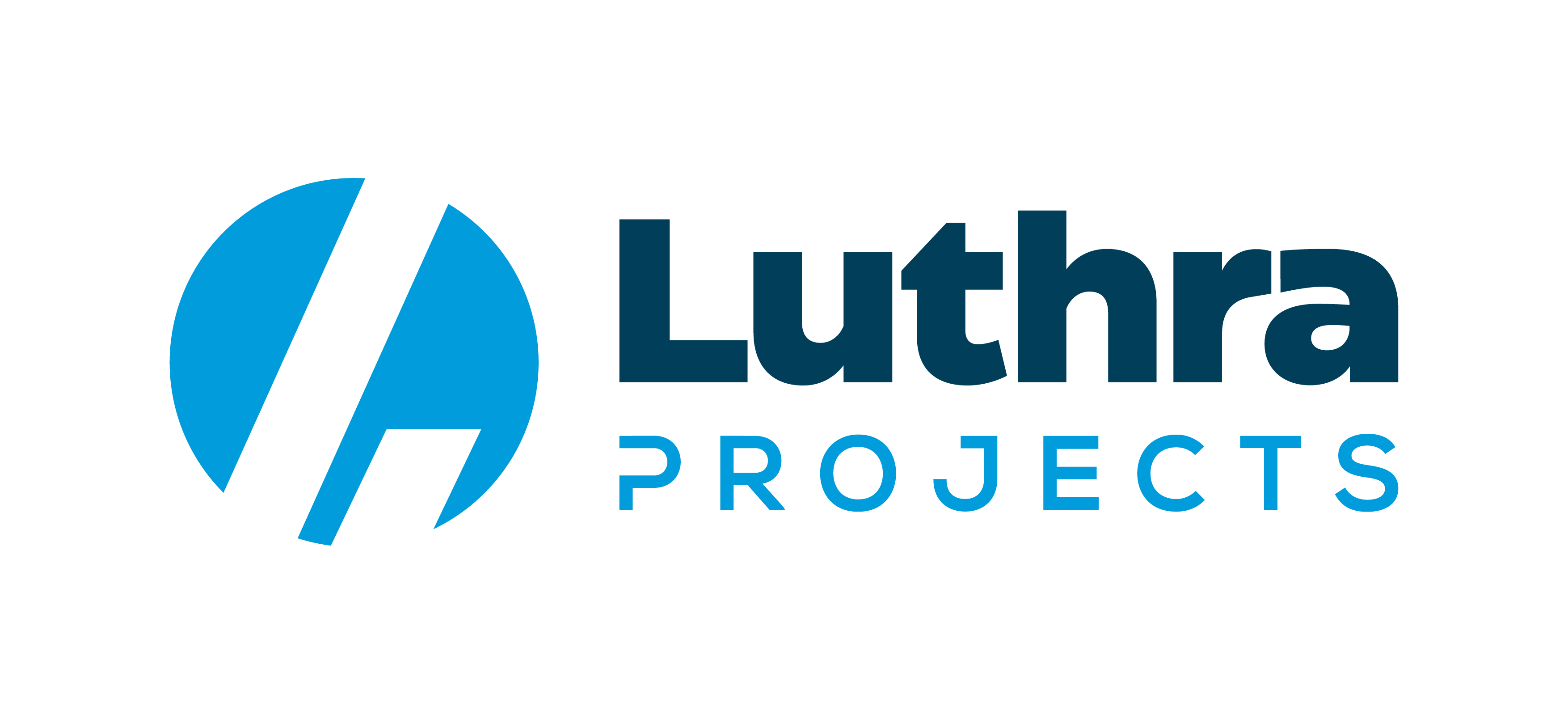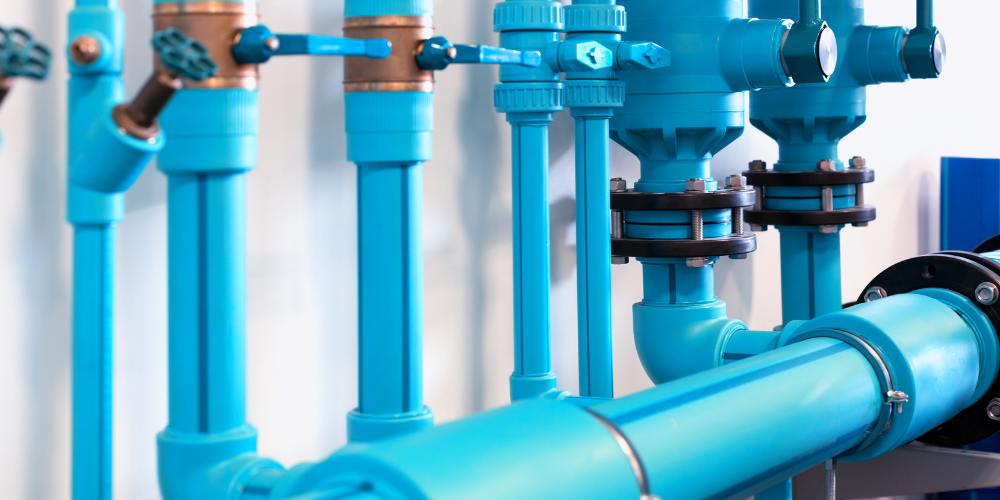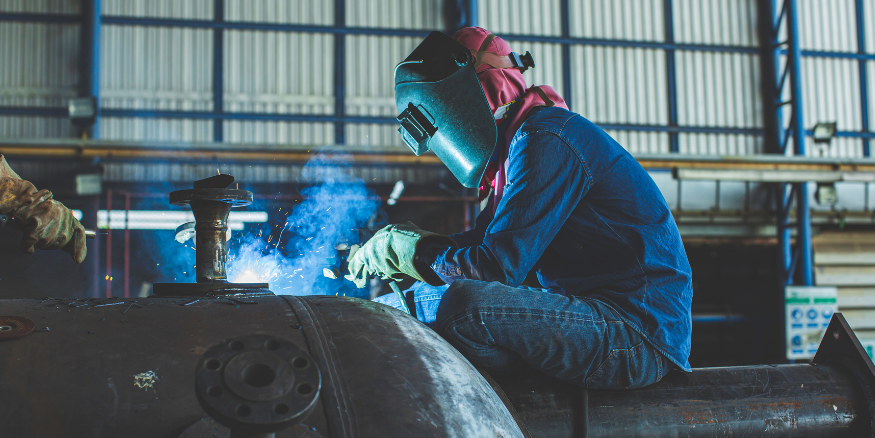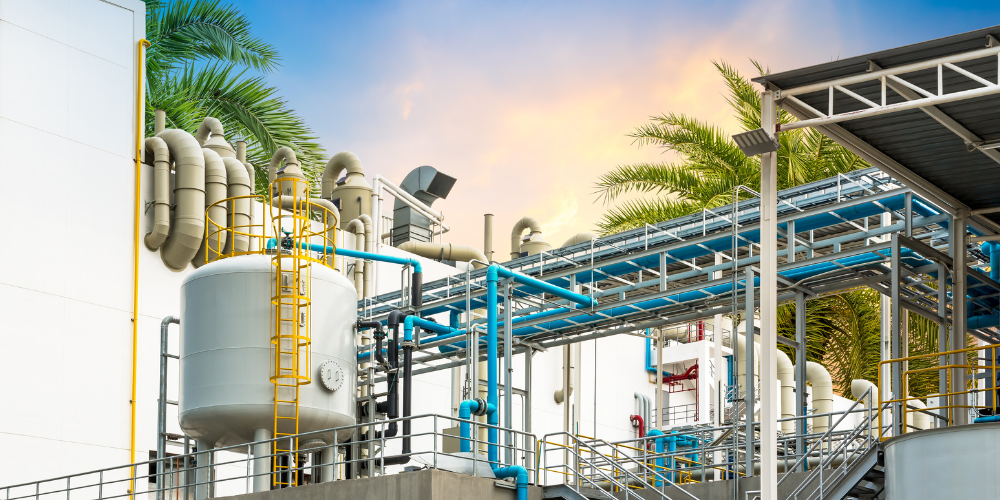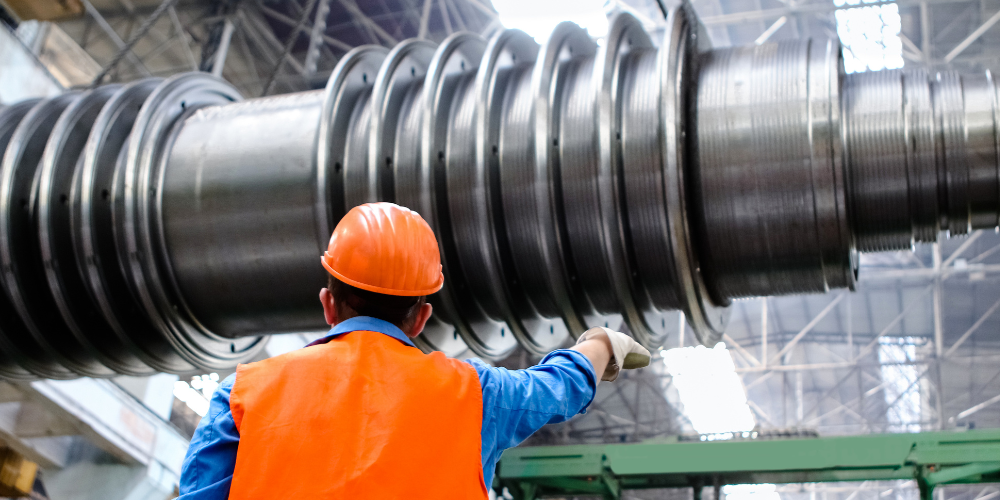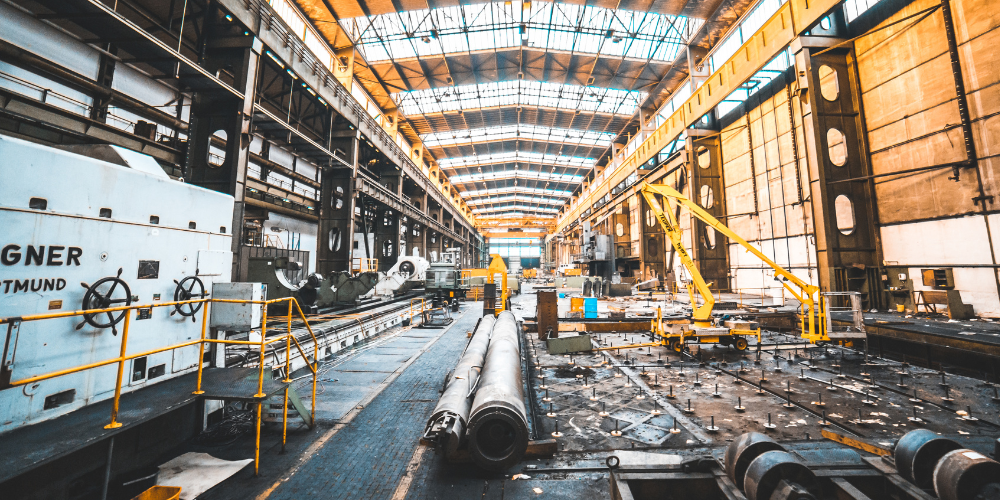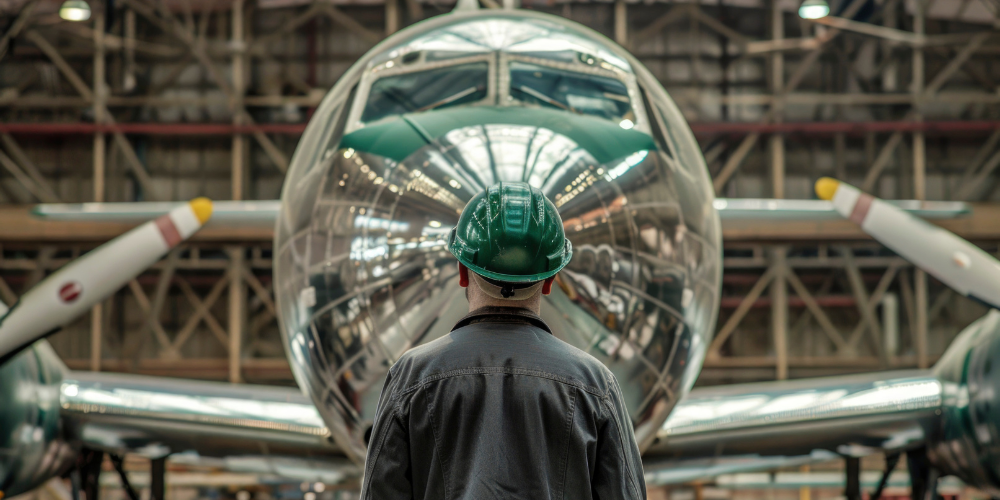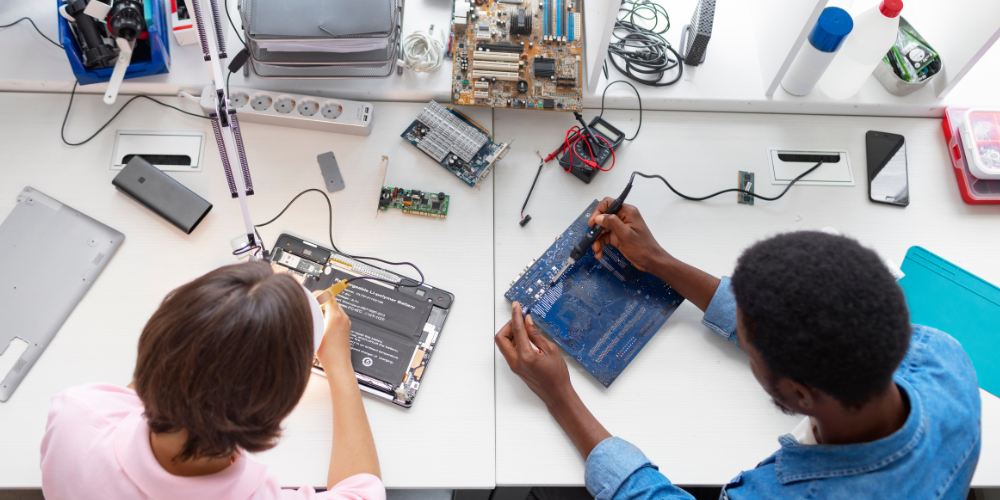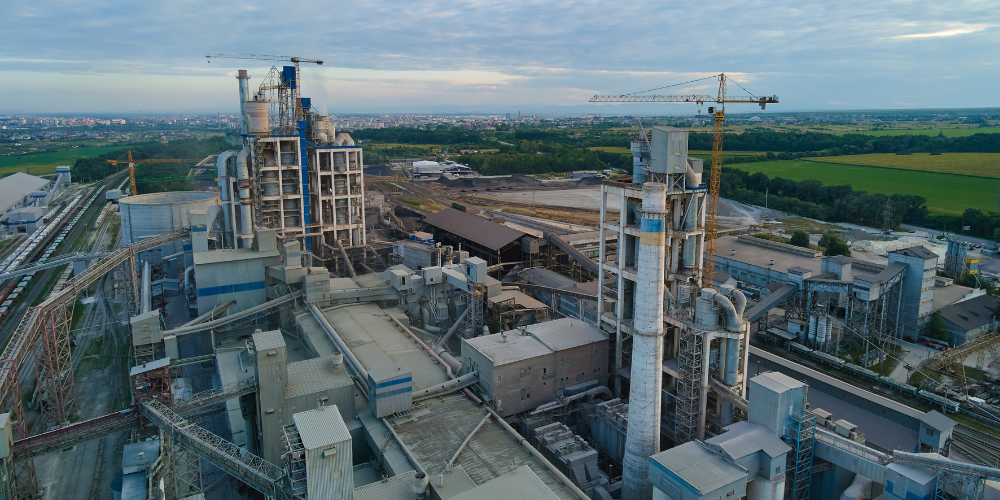To begin with, the market prospect and developmental graph of the PPR piping solution has been attracting the attention of many people in the pipe industry.
Under the current vision, we would brief you the future utility of PPR tube materials along with the advantages.
PPR is a type of polypropylene plastic pipe that has several advantages over another plastic pipe. The PPR piping solutions finds its usage in residential sectors and commercial plumbing zones (e.g. PVC and CVPC).
Importance of Good Installation Practice
The structural design of a buried pipeline presumes the response to loads of a pipe/ soil composite structure. We give detailed attention to ensure proper performance. Proper dimensional controls of trench excavation, pipe laying and pipe joining are essential to the success of a project.
Correct selection and compaction of the soils composing the pipe/soil envelope are likely to dominate the structural performance of both pipe and soil.
The desired constant pressure around the pipe and uniform support of the pipe in the longitudinal direction cannot be achieved in the absence of good practice.
Transportation, Handling, and Storage
We conduct an inspection at the time of delivery to verify that the correct products and the expected quantities are received.
Pipe walls and corrugations, gaskets, pipe ends, couplers or other joints, and accessories should be visually inspected for damage such as cuts, gouges, delamination, bulges, flat areas and ovality that may have occurred during shipment.
Nominal pipe size, manufacturer’s name, date code, and applicable standards generally are marked on the pipe.
PPC Pipeline erection Considerations
Our partner contractors have a basic understanding of the pipe/soil composites structure. This enables to anticipate problems that may arise from poor construction practice not otherwise recognized as such. The following are the key areas of consideration:
- Proper excavation and preparation of the trench inhibit unanticipated longitudinal and cross-sectional strains and stresses in the pipe. The buried pipe is sensitive to uniformity of the type and density of the material of the trench bottom and sidewalls. Unexpected pockets or reaches of rocks, boulders or low-density soils encountered in the excavation should be reported. To avoid differential settlements being resisted by the pipe, shorter sections of pipe should bridge the transitions where different foundation soils meet.
- Water flowing along the exterior of the pipe is expected to erode compacted trench backfill and/or trench sidewall support for the pipe. In the case of the free-draining granular trench in groundwater of any form, intermittent impervious trench dams (or plugs) of compressed cohesionless materials are included to make the flow of water still.
- Uniform compaction of embedment materials along the length of the pipe disperse the reaction beneath the pipe and inhibit excessively large deflections of the pipe’s cross-section. Lastly, to assure proper soil densities, trench braces, we recommend removing the shields and boxes.
- Uniform support for the pipe is essential. Clearance is provided at protruding joints (bell and spigot, wrap-around joint couplings) of the pipe to prevent the likelihood of heavy and excessive “point” loads to these joints.
- The inspection helps ensure that the pipe is installed according to project requirements. The installation integrity can usually be verified with a visual inspection or CCTV in inaccessible situations. Deflection tests using mandrels are an alternative.
- Watertight and other systems may require pressure testing according to recognized procedures after installation to verify performance.
Consequently, the major advantages are stability, durability (up to 50 years) and leak resistance. With excellent chemical stability, PPR piping solutions can guarantee the overall stability of the product in the face of highly corrosive and permeable materials.
The benefit makes it highly available for the chemical industry, and is used for pipeline construction of chemical products and has a long service life.
The other fields of application include:
- Hydraulic solutions in residential, industrial projects
- Compressed air systems (air-conditioning)
- Compressed air systems (air-conditioning)
- Agriculture (watering systems for greenhouses and gardens)
As a matter of comparison, PPR pipes have strong durability and excellent resistance to friction and pressure.
Therefore, it could be qualified for some high-pressure pipelines, such as water supply and drainage pipes and underground water pipes, which can show good performance.
As a part of the installation process, we take full care of PPR tube appearance. PPR pipe fittings that should be consistent with the color.
Additionally, PPR pipe surface should be smooth, smooth, no sag, bubbles and other surface properties of the surface defects, should not contain visible impurities. And then, PPR pipe fittings solutions surface should be smooth, smooth, not allowed to crack, Peeling and obvious impurities, severe shrinkage and uneven color, decomposition, and other defects.
Under a different lens, during Indoor installations PPR advanced pipeline fitting solutions is carried out after the completion of civil decoration, PPR pipeline infrastructure is installed with the soil before the correct installation of holes or embedded casing. With having awarded authenticity, we have become a renowned name of the industry for proving all types of advanced piping solutions.
We are completely committed to providing our esteemed clients with optimum quality products.
We work on the basis of market reputation, industry experience, financial sturdiness and inclination towards the client’s response.
